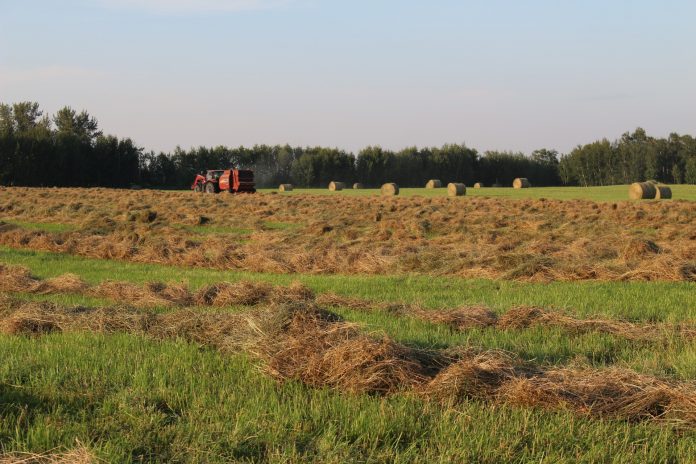It’s no secret that the past couple of years have been challenging for pastures and hayfields.
This past spring, livestock came out of winter with some of the lowest body condition scores we have seen in a long time, primarily due to low-quality forages from 2018.
This may have led to some calving problems that many indicated having this spring. I hope that these two factors do not lead to low conception rates as well.
Forages analyzed from this year indicate that quality is going to be an issue again.
Many of the first cutting samples from this year have protein levels in the single digits and total digestible nutrient levels below 50.
To make matters worse, we have an extremely low supply of forages and straw.
Forage analysis
So, what can we do now to prepare for extending the grazing season and having the best quality forages this winter?
Many have already reported in this column suggestions for dealing with the challenges we are facing. It’s close to being too late to plant some late season forages, but still a possibility.
Controlling weeds in pastures and forage fields to increase quality will help.
Soil sampling for established pastures and forage fields to be planted next spring is important.
With initial forage analysis coming in at very low nutritional levels, it is critical that you have your forages analyzed. Winter feed costs typically represent the largest portion of livestock expenses.
A forage analysis is the only way to determine if hay will meet an animal’s nutrient requirements during the winter.
At least sample each cutting to determine the nutrient value of each.
This will allow you to determine now which forage to feed the animals you have with the highest nutrient requirement.
Although many of us had some decent weather to get second, third and, hopefully, fourth cuttings of forages harvested in a timely manner, knowing what the quality is will be extremely helpful.
For much of the forages made this spring, corn will need to be supplemented to increase the energy needs, but a protein source such as soybean meal may also need to be added.
With tight supplies across the state, you will want to determine your inventory and quality as early as possible.
This will give you time now to purchase additional forages or supplements instead of scrambling to find them this winter.
Buying hay
If you do need to purchase additional hay, hopefully, it has an analysis on it. Unfortunately, many times they do not.
Visual estimation of the nutritive value of hay is nearly impossible. Visually you can estimate maturity, condition, purity, color and smell.
Nutrient levels will also vary depending upon level of legumes compared to grasses in the bale. If purchased hay has not been tested, it should be sampled and analyzed so you can plan your feeding program.
Many of the county extension offices or local feed dealers have a hay probe that you can use to collect samples. It is extremely important to follow the correct sampling procedures for accurate results.
Forage tests are relatively inexpensive compared to the value of knowing what you are feeding and when it is needed.
It is possible for an animal to starve to death with their head in a round bale feeder all winter long. It happened last year.
So now is the time to determine the quantity and quality of the forages we have to determine the best feeding program possible.













